The Québec maritime Blog
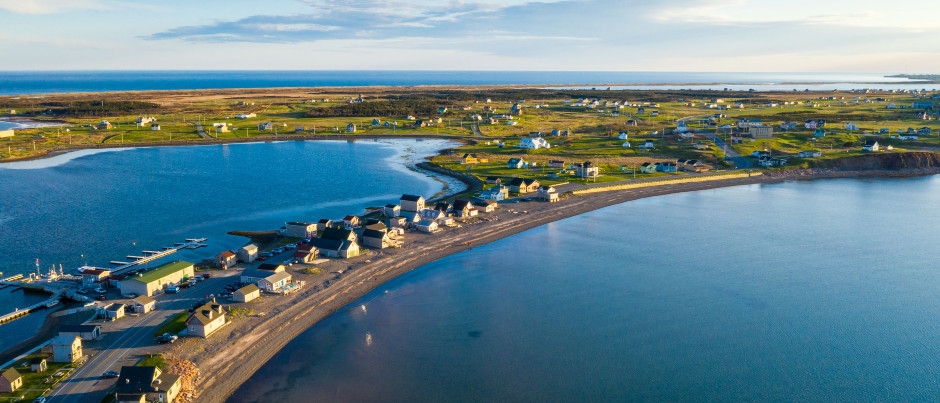
-
La Grave heritage site
Mathieu Dupuis
The Îles de la Madeleine: A Dream Destination!
Many people are unfamiliar with the Îles de la Madeleine, an archipelago that belongs to the province of Québec. And yet all it takes is seeing a few photos of these islands to fall under their spell! Before setting foot here, find out more about this destination where the scenery is as colourful as the locals’ accents!
Geography
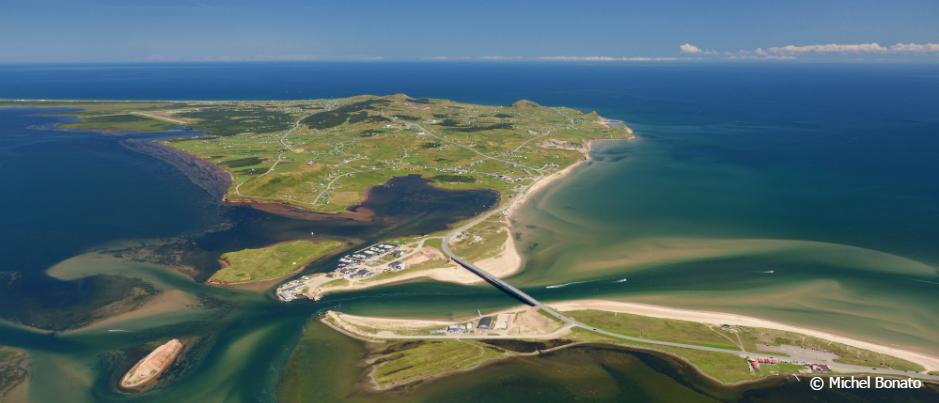
The Îles de la Madeleine are in the middle of the Gulf of St. Lawrence, 215 km (135 mi.) southeast of the Gaspé Peninsula. The archipelago is made up of seven inhabited islands, six of which are linked by sand dunes and Route 199, which is only 85 km (55 mi.) long. The seventh, Entry Island, is only accessible by boat. To get to the Islands, you must fly or you can take the ferry from Souris, Prince Edward Island.
Landscapes
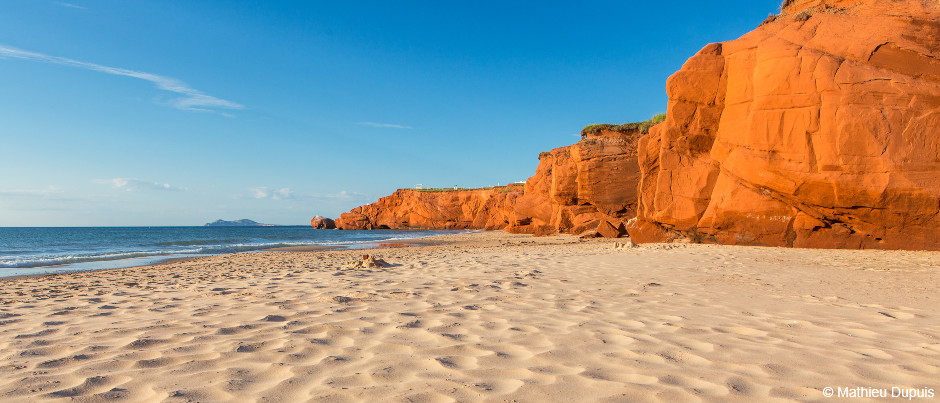
The scenery found in the archipelago is very different from the rest of Québec and includes 300 km (190 mi.) of blond-sand beaches where you can relax, build sandcastles and go swimming. Water temperatures can reach 18°C to 20°C (64°F to 68°F) in mid-August, depending on where you are.
Along with golden sand and the blue and green of the sea, the Islands feature imposing red sandstone cliffs made of quartz covered in a thin layer of iron oxide (which explains their distinctive colour). The cliff walls are sculpted by the forces of the wind, waves, tides and thaw. Because they are so crumbly, it’s important to be cautious and not venture too close to the edge! The archipelago also features green mounds and hills where you can go for a stroll and admire the view.
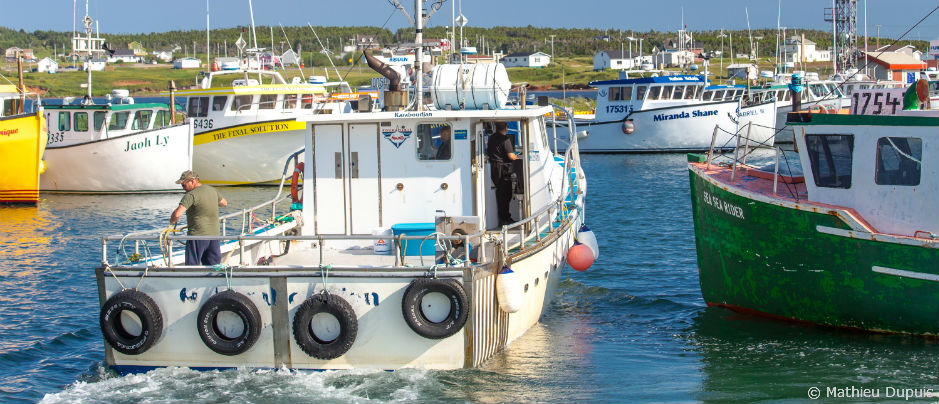
Since fishing plays such an important role in the Islands’ economy and traditions, it’s no surprise that the charming local scenery includes bustling fishing harbours, stacks of lobster traps and fishing boats in the open sea. Even the candy-coloured houses, so typical of this region, would have originally been painted these vibrant colours to help fishermen find their way home when out at sea.
History
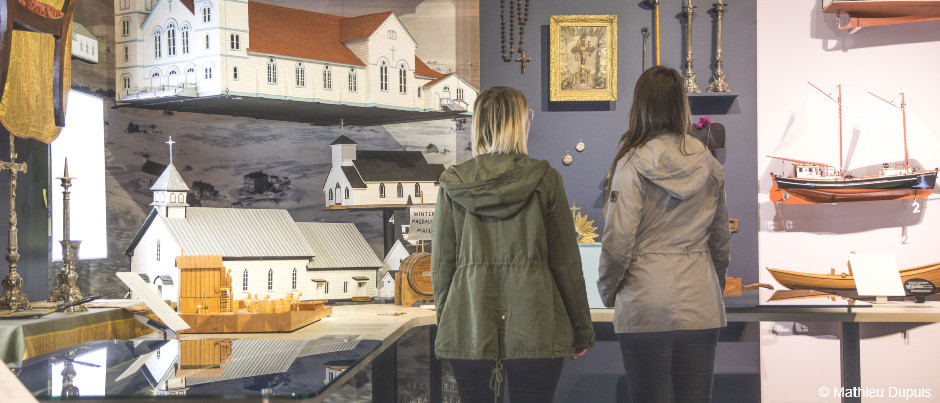
Fishing and seal hunting are also what led to the settlement of the Îles de la Madeleine. The Mi’gmaq originally frequented the archipelago, which they called Menagoesenog, or “islands swept by the surf.” Although Samuel de Champlain identified one of the islands as “La Magdalene” on a map in 1632, it is often claimed that the region was named by François Doublet de Honfleur (seigneur of the archipelago in the late 17th century) after his wife Madeleine.
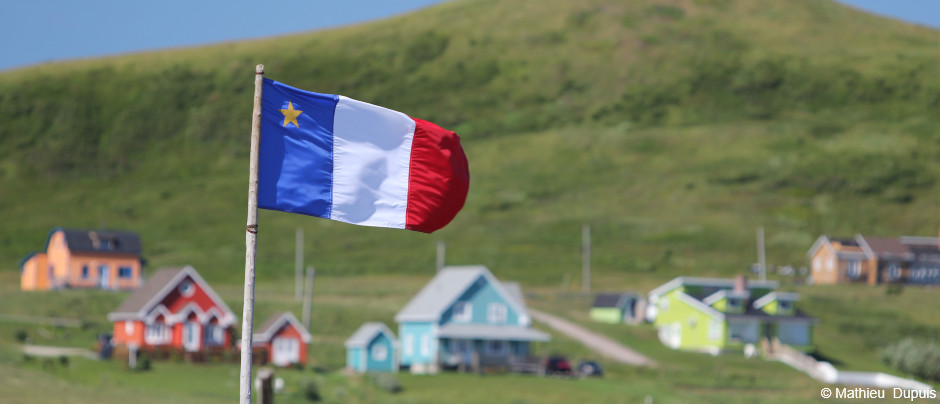
Under the French regime, the Islands passed through several hands without any real colonization. Permanent settlement only began in the mid-18th century after the deportation of the Acadians, also known as Le Grand Dérangement or the Great Upheaval. Some managed to save themselves from deportation by escaping to the Islands, while other settlers arrived after the French Revolution. Still today, most Islanders have Acadian origins, but some are also of French, French Canadian, Scottish, Irish or Jersey Island descent.
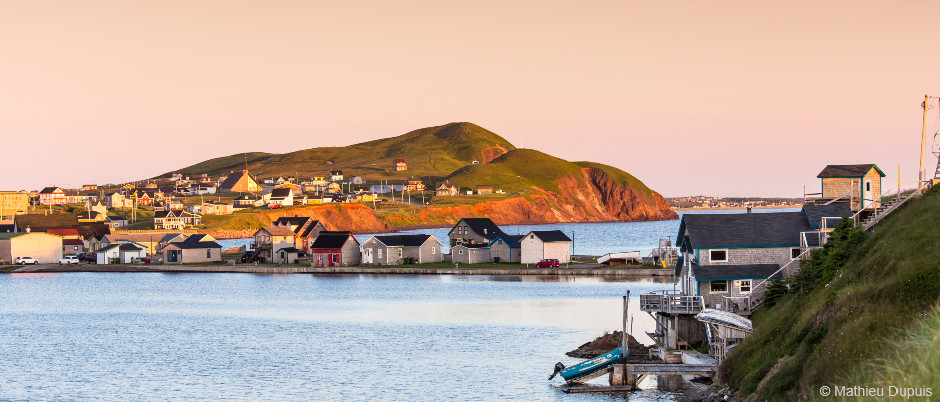
The history of the archipelago has also left its mark on the landscape. For example, you can visit the La Grave heritage site, which was once dedicated to fishing, but today serves as a rich cultural meeting place—it’s a great spot to discover local artisans.
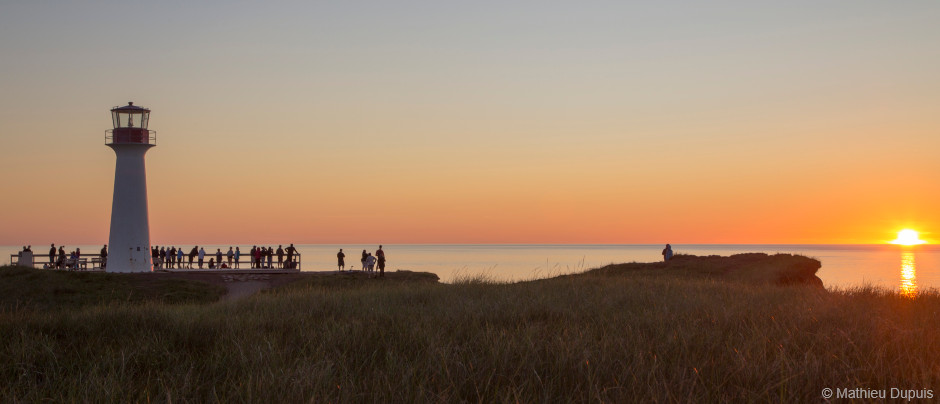
Given their geographical location and the more rudimentary means of navigation available in the past, the Islands have witnessed many shipwrecks (over 400). Lighthouses therefore played a crucial role in the region’s history. Six are found in the archipelago, each with its own history and distinctive characteristics. One thing is for sure: they’ll add a touch of charm to your travel photos!
Several museums and interpretation sites now bring the archipelago’s rich history to life for visitors. And that’s not to mention the many legends that the Islanders are more than happy to share!
Wildlife
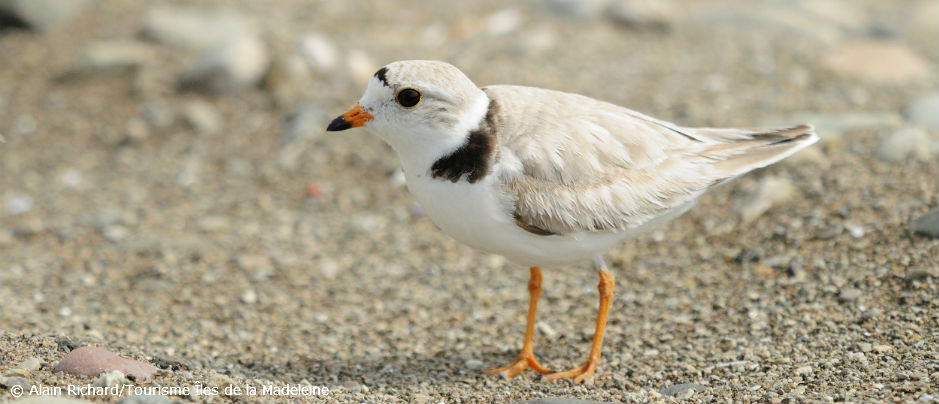
Despite how small this region is, the archipelago is home to a wide variety of wildlife. Bird lovers will be delighted to be able to spot as many as 300 species of birds, including black guillemots, murres, seagulls and even piping plovers, a small sparrow-sized shorebird in danger of becoming extinct.
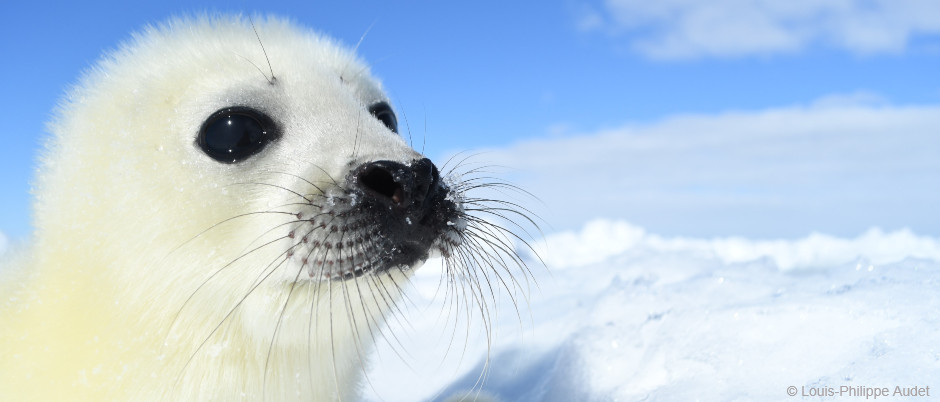
Four species of seals are found in the waters of the region. In the summer, herds of grey and harbour seals can be spotted, while in the winter, hooded and harp seals make their way to the ice surrounding the Islands to give birth. The opportunity to observe whitecoats (harp seal pups) in the winter had made the Îles de la Madeleine one of the top 25 best destinations in the world to visit in 2020, according to National Geographic!
A few small land mammals can also be spotted in this region, including foxes, red squirrels and meadow voles.
Regional flavours
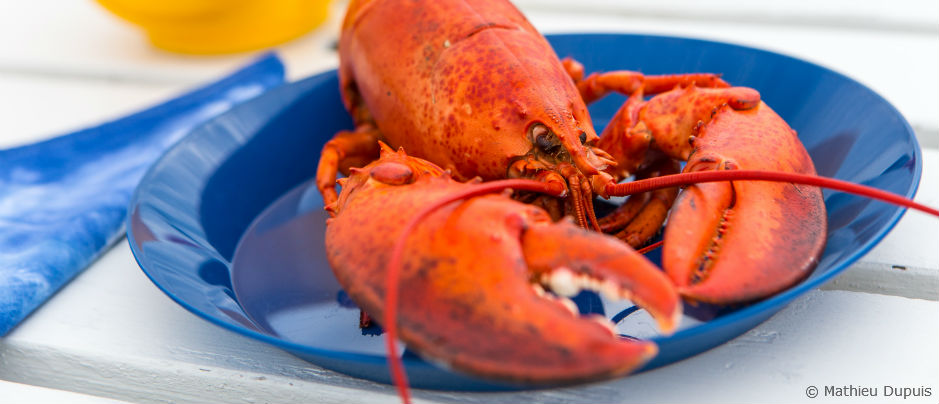
Many wonderful foodie experiences await you in the Îles de la Madeleine. For starters, you must try the Island lobster, one of the archipelago’s specialties. In early May, hundreds of fishing boats head out to sea to set their traps, and people eagerly await the arrival of the first catches! Lobster can be found in fish markets as well as on restaurant and snack bar menus. Whether it’s served whole, in a guédille (club sandwich) or even on poutine, it’s a must-try delicacy!
Lots of other local seafood is available on the Islands: snow crab, scallops, mussels, oysters and more. Try them in a pot-en-pot (seafood pot pie), a traditional local dish.
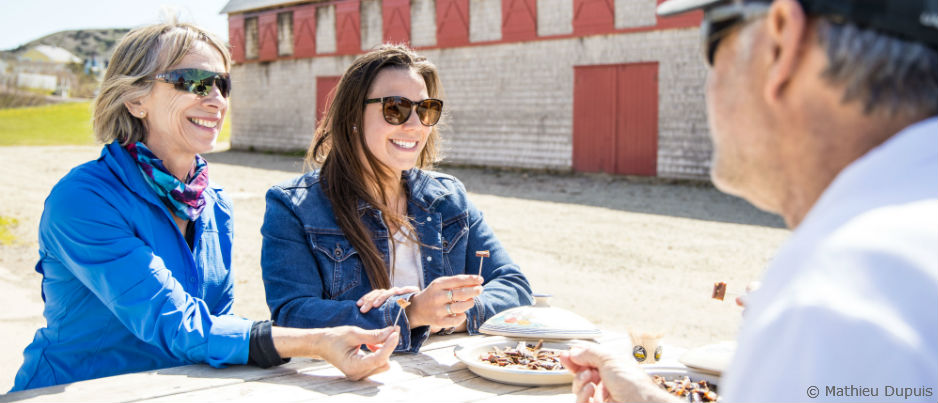
You’ll also want to try smoked herring from the Fumoir d’Antan smokehouse, cheeses from the Fromagerie du Pied-de-Vent cheese factory (made with milk from Canadienne cows), craft beers from the À l’Abri de la Tempête microbrewery and much more!
A few quick facts
Area: 202 km2 (78 sq. mi.)
Languages spoken: French and English (5% of the population is English-speaking and is concentrated on Entry Island); the local French speakers have accents that reflect their Acadian origins
Population: 12,551 (in 2018)
Time zone: Atlantic Standard Time (an hour later than in mainland Québec)
Now that you know more about this little corner of paradise, will you add the Îles de la Madeleine to your bucket list?

(2) comments
Normand boudreau
Je demeure en Alberta et ma famille originaire des Îles. C’est le fun de voir des articles en anglais car le monde ici ne connaissent pas vraiment les îles. J’ai voyagé aux îles avec des gens de l’ouest Canadiens et ils ont adoré cela. J’espère y retourner bientôt visiter famille et amis....
Merci de ce beau commentaire! On vous souhaite de tout cœur de pouvoir leur rendre visite bientôt!
Pat Saumur
We have visited Isles de la Madeleine twice it is a beautiful place unlike any other. Scenery amazing, beautiful villages and amazing vistas. We will definitely return once Covid allows.